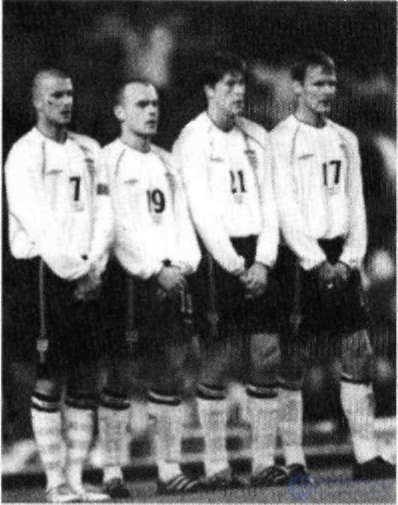
Such a position of hands allows a man in a threatening situation to feel more confident Barriers
In the very early childhood, we learn to hide behind the barrier in case of danger. Sensing a threat, the children immediately hide at tables, chairs, cabinets, mother skirts. With age, this behavior does not disappear, but takes more sophisticated forms. A six-year-old baby is uncomfortable hiding behind a mother skirt. And then in case of danger, he will cross his arms tightly across his chest. Teens already know how to mask this gesture. They slightly relax the arms and complement the barrier by crossing the legs.
In adulthood, the crossing of hands develops even more. Adults sometimes try to make defensive gestures less obvious to those around them. Putting one or both hands on the chest, we form a barrier in an unconscious attempt to block what we perceive as a threat, or to protect ourselves from undesirable circumstances. Hands are usually located in the region of the heart and lungs. Naturally, the gesture protecting the most vital organs is innate. Monkeys are protected from frontal attack in the same way. We can be absolutely sure of one thing: if a person is nervous, is negative or defensive, most likely, he will cross his arms tightly on his chest, showing that he feels threatened.

Comments
To leave a comment
Body language
Terms: Body language